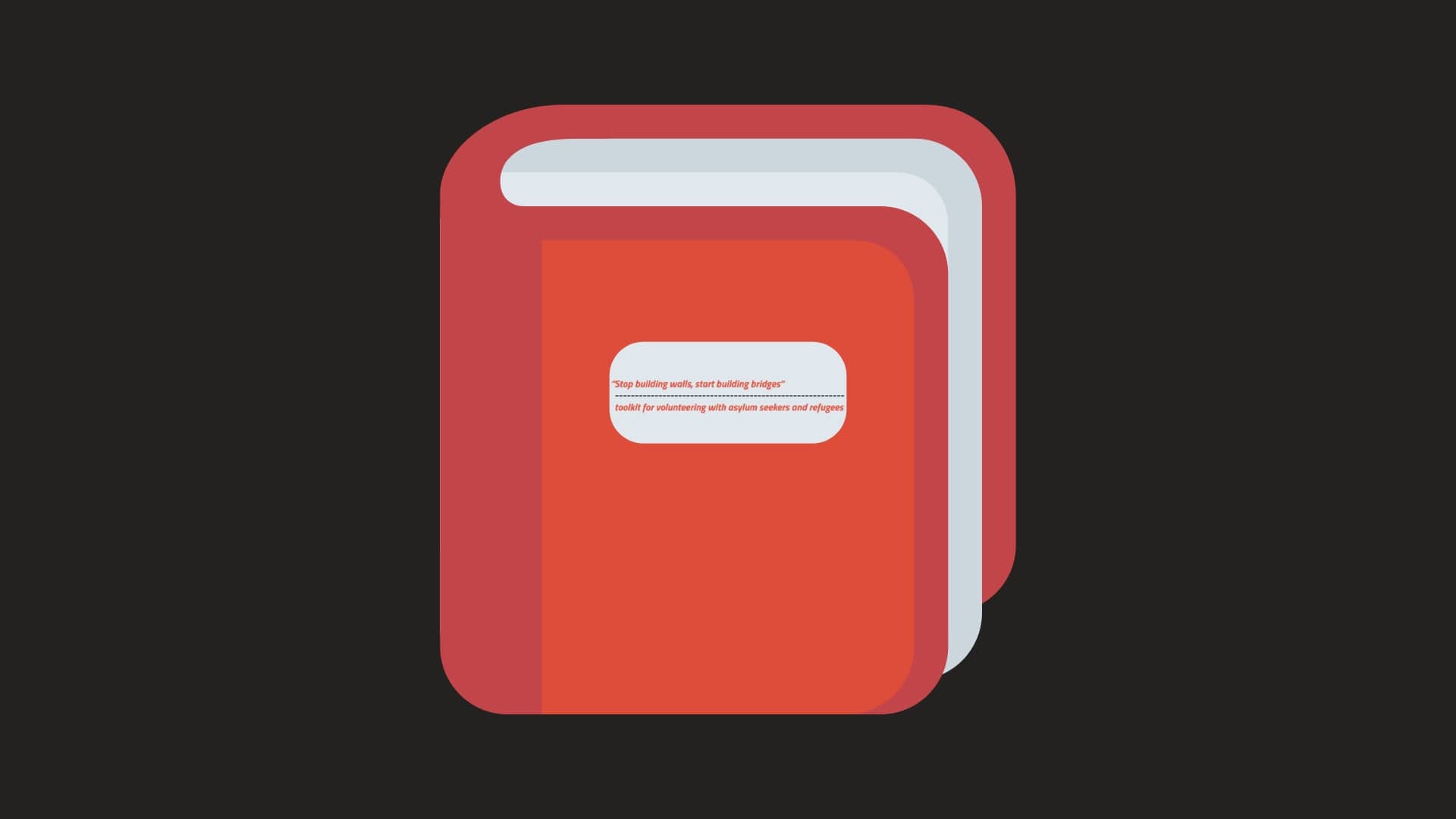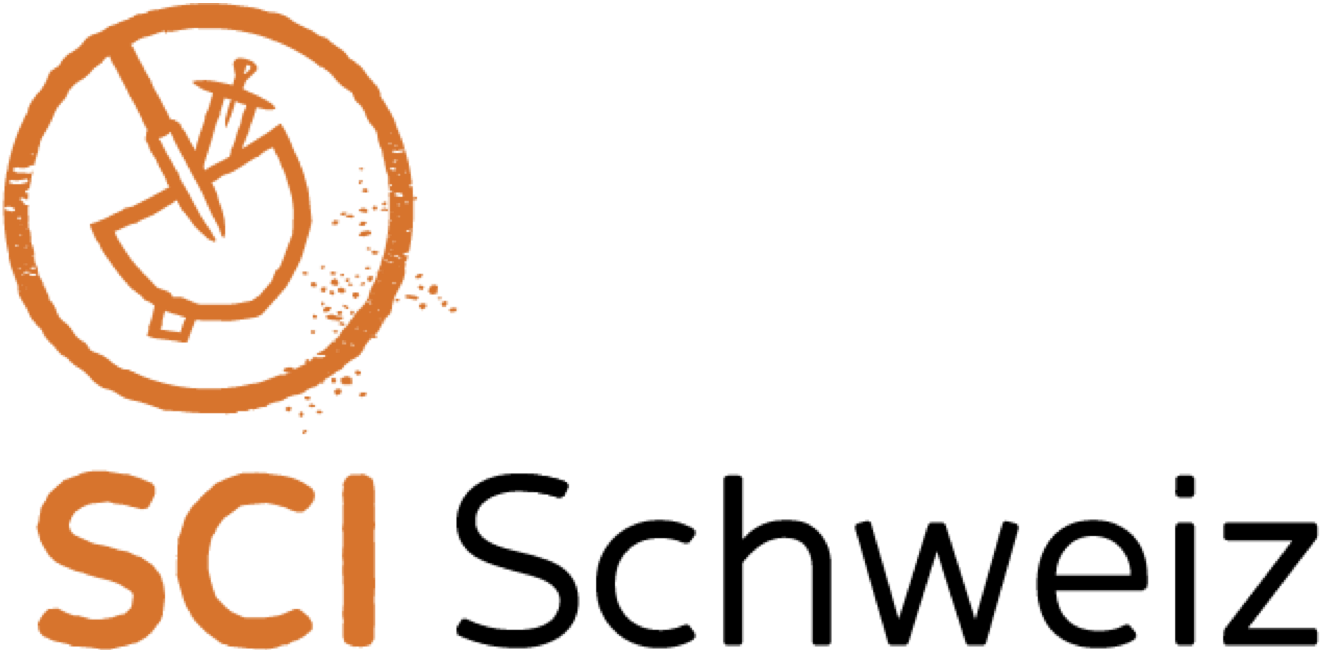
Building Bridges Toolkit
The Toolkit was designed to collect and share the know-how on voluntary projects involving people seeking or who have recently found refuge, as well as raising awareness on forced migration in general. The collection of guidelines, methods and case studies is non-exhaustive and should simply foster your own inspiration and support you in implementing projects on the topic. The creation of the Toolkit has been driven by the ever bigger need of the international SCI network to exchange best practices on projects in the field. It was coordinated by SCI Switzerland with the support of Útilapu Hungary. Its existence wouldn’t have been possible without the support of the Mercator Foundation Switzerland and the active contribution of the Building Bridges working group and a number of SCI branches.

Case studies are successful implemented examples sharing with you what is going on in the SCI movement on the topic of refugees and migration.
BROKEN WINDOWS
Reclaiming the public space in the refugee center
When: 10th – 14th December 2016
Contact / Source: CVS Bulgaria projects@cvs-bg.org,
Cynthia Garibay López cynthia.garibay12@gmail.com
Context and idea
Involve the local community and the refugee population of the center in a “space reclaim and improvement journey” as well as improve the refugee’s agency and ownership, cooperation and social healing through art.
Objectives and aim
The main goal of the project is to involve local community, other grassroot NGOs and the refugee population of the center in a “space reclaim and improvement journey”. The act of reclaiming the space they inhabit is important, because usually they are not involved in taking care of it and thus they lack of ownership and agency (capacity of individuals to act independently and make their own choices). The organisation of an artistic intervention, as joint efforts to improve the living conditions of the refugees, serves also to help locals to better understand the difficulties refugees face not only in the center and surroundings but also during their whole journey. Therefore reducing mutual prejudices by bringing people together while working towards a a tangible objective and common goal leads to raise mutual understanding as well as solidarity and community work, what can greatly impact both refugees’ and locals’ perception of “otherness”. In addition, it directly affects asylum seekers’ living conditions in the center by improving their environment and the state of some public spaces.
Target groups
- Local volunteers (preferably not already involved in The Refugee Project),
- Residents of the refugee center (women, men and youngsters)
- Artistic volunteers if possible
Description of concrete activities
- Clean the playground, garden and surrounding areas of the building where some families and children live, and where the classroom is located.
- Clean floors, walls and pick up trash of the corridor leading to the classroom, as well as the common areas of the building.
- Repair the ceiling of the corridor leading to the classroom.
- Make a giant blackboard in one of the walls outside.
- Artistically intervene two walls of the main entrance of the building with a child- friendly mural.
History
The Refugee project is an initiative that involves local volunteers in tutoring asylum seekers and refugees from different ages groups. Within the project daily activities are provided dedicated to different subjects: Bulgarian, English, Maths and Science, Art. While working at the venue and throughout the daily contact with the inhabitants and the staff of the center, CVS Bulgaria noticed the gap between both involved groups in terms of maintaining the public space and also lack of involvement of the local community, apart from the volunteers in The Refugee project. On the other hand the space leading to the children’s classroom was not child friendly and needed some artistic improvements in order to welcome the kids to classes and make their time out of the classroom more pleasant.
Steps:
1. Communication with the State agency for refugees in order to get the needed permission to operate in the space.
2. Communication with partners (here Open Space foundation) and preliminary visit in order to get introduced to the space
3. Mapping of the area
4. Recruitment of volunteers; both from the center and outside
5. Supplying with materials and food
6. Coordinating the actual implementation of the activity
7. Report
Evaluation methods
The project succeeded at transforming the space in which children and other students spend most of the time during the day, especially during winter. Now there is a blackboard available at all times for children, and also adults, to get creative, independently from the class schedules. There is also a beautiful mural in which some resident children are portrayed and where they can learn new words and let their imagination fly. Most of the people were very happy with the changes, which were very visible. By involving them in the cleaning of their living space, they were also made aware of the importance of taking care of the place, regardless of the time they will spend on the center. They were happy to be provided with resources (such as cleaning materials) to dignify their living spaces.
Sustainability and follow up
The initiative was followed by an action of Doctors of the World organisation, supplying cleaning materials to the inhabitants of the center, involving them in sustaining the place’s hygiene. Future cooperation with other organisations should be encouraged to continue with this kind of concept.
Finances
This project has been supported by the Refugee Fund of SCI International.
CONTRIBUTE!
You can share your experience, observations, tips and tricks, pictures etc. by uploading for instance a method or a case study to the Building Bridges Toolkit. As this Toolkit is a work in progress to which all involved parties are invited to contribute, we would also be very grateful for your support and contribution in order to inspire others to continue the work towards peace and intercultural understanding.

